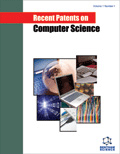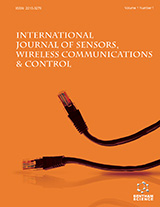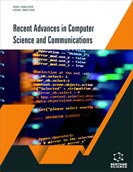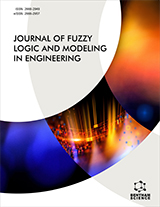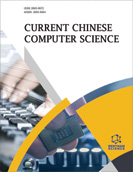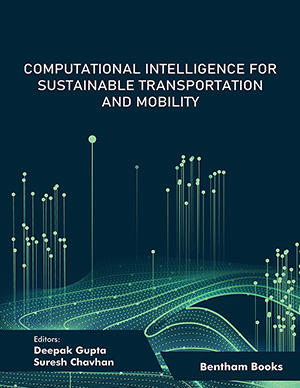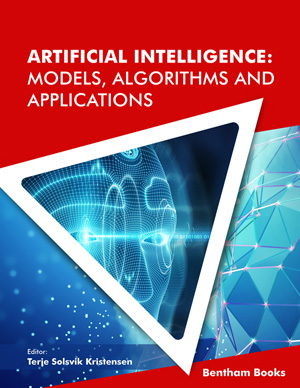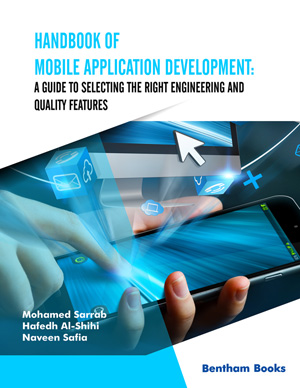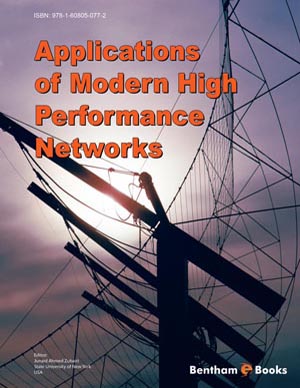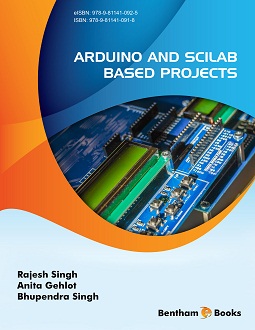Abstract
The security of Digital media has been varying continuously due to
advanced malware attacks. Multimedia security has become one of the major concerns
since new technologies are introduced. The proposed paper applied the watermarking
technique in digital audio signals in which unique data is inserted in one-dimensional
data in such a way that it must not affect the major information of the audio signal. The
hybrid decomposition scheme has been applied to the audio data in order to extract
features in terms of energy bands. The data is kept hidden in a low significant energy
band that contains less information. This watermarking technique ensures the
ownership of the multimedia data. Only authorized authors can be able to claim
ownership of the audio data. The correct authorization of audio data can be proven by
the extraction method in which the hidden watermark data has been extracted back to
its original form without leaving any distortion in audio data. The proposed work
introduces a hybrid approach to watermarking 2D data into an audio file. A hybrid
audio decomposition technique was introduced by the proposed scheme in which a dual
form of audio decomposition method has been applied containing Fast Fourier
transform (FFT) and Cordic QR scheme. The correct location from the energy band has
been found to embed the watermark data. Before the embedding procedure, the
watermarking data has been selected. The proposed method selects an image
containing information as a watermark that is first encrypted before initiating the
embedding process. Watermark Encryption has been done using a cyclic coding
algorithm and Arnold’s cat map. The disintegration of the audio file will finally result
in Q and R matrices. Both such matrices are of orthogonal type. Then, the encrypted
watermark data has been implanted in a random fashion in the R component of
decomposed audio data during the embedding process. The inverse procedure has been
applied for the watermark extraction and decryption process.
Keywords: Fast fourier transformation, Q-R cordic decomposition, Watermarking in audio signals, Watermark encryption, Watermark embedding, Water- mark extraction.



